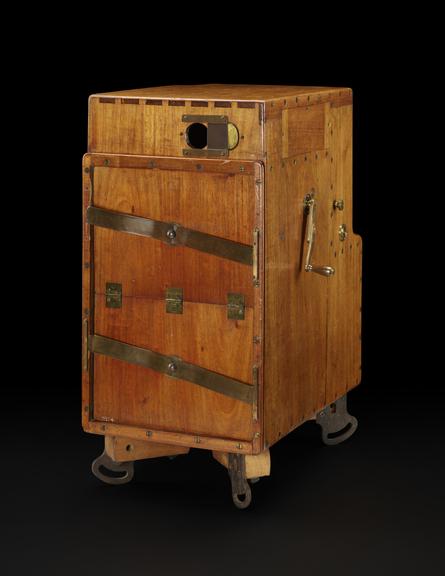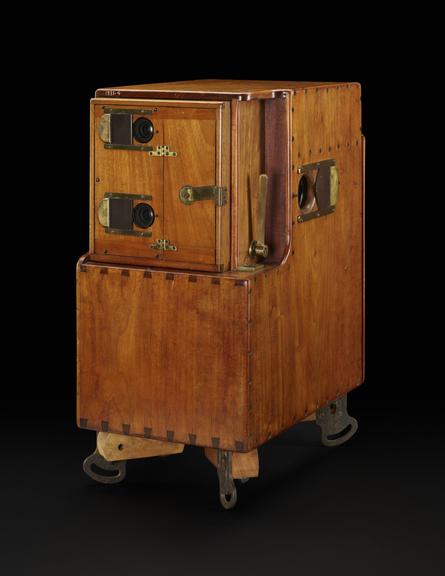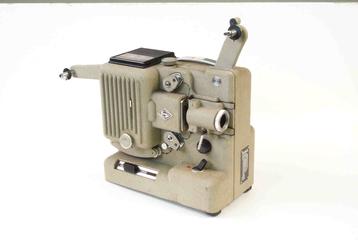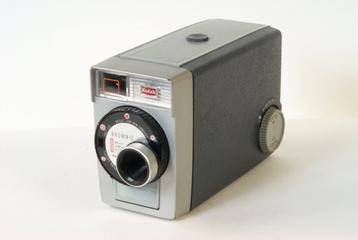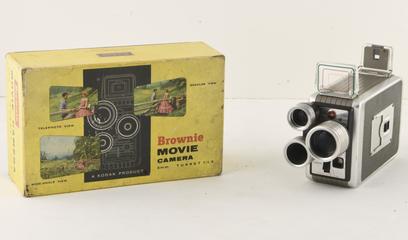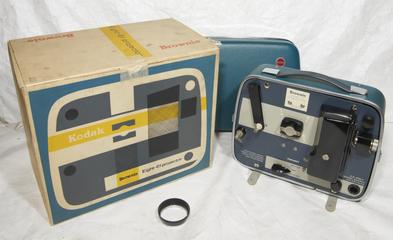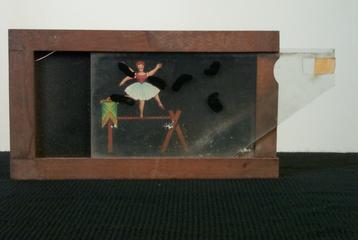Single-lens Cine Camera by Louis Le Prince
Single-lens cinematograph camera, made by Louis Le Prince at Leeds in 1888, with detachable handle.
More
On 14 October 1888, Louis Aimé Augustin Le Prince stood in the garden of his in-laws home in Leeds and with this bulky wood-and-brass film camera he had built, captured footage of his family. Roundhay Garden scene is the oldest surviving film in existence. On the same day he also shot his son playing an accordion on the steps of the house. Later that month, he filmed traffic moving across Leeds Bridge.
Though he lacked the financial backing and research facilities of Thomas Edison and the Lumière Brothers, the acknowledged pioneers of motion pictures, and did not live to exploit his invention commercially, Louis Le Prince came close to achieving a successful process of cinematography.
This camera, or 'receiver' as Le Prince called it, was made at his workshop in Leeds in 1888. At the front, the lower of the two lenses is the taking lens; the upper is the viewfinder lens. The camera used 2 3/8-inch-wide un-perforated film which was wound past the lens via a pair of spools. The film was held fast for exposure by a flat, brass plate and the exposure controlled by way of a circular slotted brass shutter.
- Materials:
- wood (unidentified) , metal (unknown) , glass and brass (copper, zinc alloy)
- Object Number:
- 1931-4/1
- type:
- cine camera and cinematograph
- Image ©
- The Board of Trustees of the Science Museum








